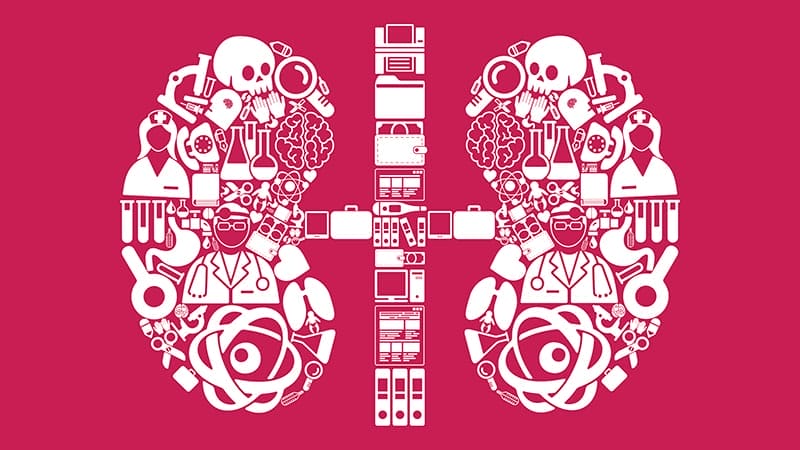Are you ready for a human kidney grown in a petri dish? A damaged heart in a patient with heart failure made “new” with the implantation of cells from the bone marrow? The ability to regenerate appendages that have been severed in a horrific accident?
On Tuesday, Feb. 9, 2016, at noon on Sirius XM Business Radio Powered by the Wharton School, we will be discussing these developments with clinicians and companies involved in the field of regenerative medicine on “The Business of Health Care” show.
What is regenerative medicine? It is a new and expanding area that aims to replace lost or damaged tissues in the human body through either cellular transplantation or endogenous repair. Adult stem cells infused into the circulation are currently leading the clinical front of regenerative medicine. However, there is general acceptance that mesenchymal cells, cord blood, adipose tissues and other adult stem cell sources often do not survive for more than a few weeks in patients, and their effects are most likely through growth factor release, host inflammatory responses and vascular alterations rather than replacing tissues lost in the disease.
To achieve actual tissue replacement, it will be necessary to either grow new tissues within the affected organ or transplant powerful cells that can integrate, survive and produce new functional tissues.
Today the field of regenerative medicine is an $18 billion business, expected to grow at 20 to 25 percent per year—even though to date it has been mainly focused on wound, skin repair and repair of tissues damaged by arthritis (e.g., articular cartilage of the femur in the knee joint).
Based on advances being made in controlling the growth of various types of (non-embryonic) stem cells so they do not group out of control, clinicians are advancing this field much more rapidly than before. For instance, they are controlling the micro-environment in which regenerative tissues and cells are implanted into so the body’s immunological response does not destroy them. And they are ensuring angiogenesis so that these new cells/tissues are supplied with proper nutrition. These advances are also allowing for development of more accurate disease models (e.g., in-vitro models) that can predict what may actually happen in the human body once these cells/tissues are implanted.
In a recent article appearing in the New England Journal of Medicine called “Kindling the Kidney,” Dr. Susan Quaggin, professor at the Feinberg School of Medicine at Northwestern University, discusses how induced pluripotent stem cells (iPSCs)—cells generated directly from adult cells that are capable of differentiating into many different types of cells—are turning into kidney structures (nephrons, collecting ducts and stroma). These kidney structures are akin to the development of a kidney in the first trimester of fetal growth. There may be a point in the not-too-distant future when tissue-engineered kidneys, grown outside the human body, are available for transplantation.
This is exciting medicine. Please tune in to Business Radio channel 111 to hear where we might be headed next. One of our panelists tomorrow will be that very same Dr. Quaggin.
Editor’s note: Not a Business Radio subscriber? Get started with a free trial subscription to Sirius XM.


























